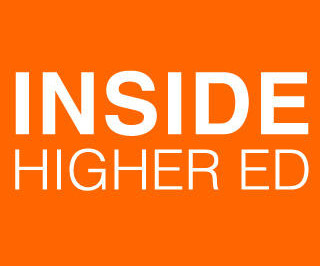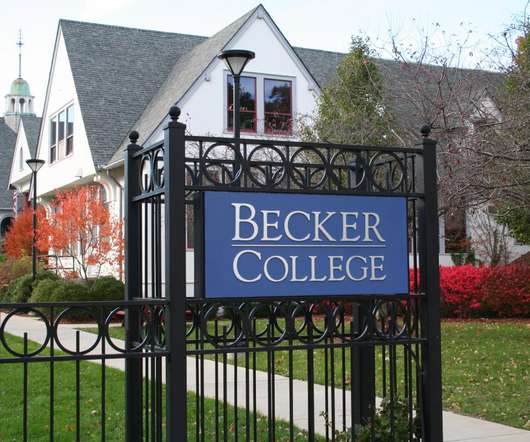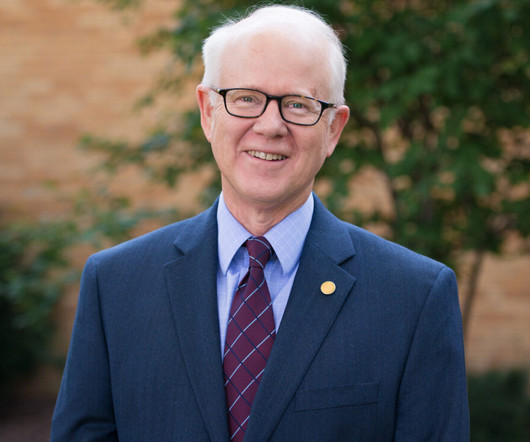Small Liberal Arts Colleges: Punching Above Their Weight
Helix Education
APRIL 21, 2024
Everyone loves a David and Goliath story, and at this moment in the history of higher education, small colleges could use one. For example, what difference does a population of 1,500 students at one institution make in the grand scheme of higher ed? Those students can always go to a larger institution.












Let's personalize your content